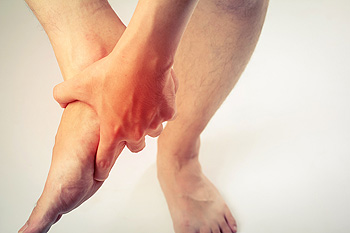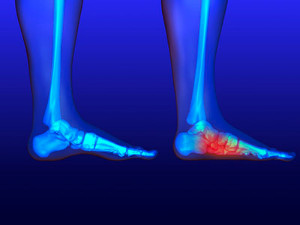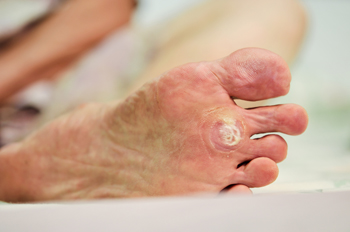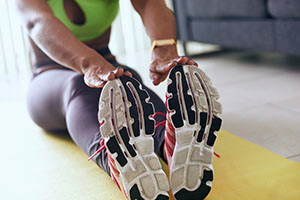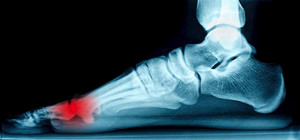 The sesamoid bones are located beneath the metatarsal bone under the big toe. Pain in the sesamoid bones is known as sesamoiditis. While it can be caused by metatarsalgia, other signs of sesamoiditis includes inflammation, causing warmth and swelling or an occasional redness. Symptoms may worsen when wearing thin soled or high heeled shoes. One of the most common methods to treat sesamoiditis is wearing a shoe with a thick sole. However, if pain persists, visiting a podiatrist is suggested. A podiatrist will be able to prescribe orthotics and pain medications if necessary. A podiatrist will also check for fractures to the bones, and determine if surgery is necessary.
The sesamoid bones are located beneath the metatarsal bone under the big toe. Pain in the sesamoid bones is known as sesamoiditis. While it can be caused by metatarsalgia, other signs of sesamoiditis includes inflammation, causing warmth and swelling or an occasional redness. Symptoms may worsen when wearing thin soled or high heeled shoes. One of the most common methods to treat sesamoiditis is wearing a shoe with a thick sole. However, if pain persists, visiting a podiatrist is suggested. A podiatrist will be able to prescribe orthotics and pain medications if necessary. A podiatrist will also check for fractures to the bones, and determine if surgery is necessary.
Sesamoiditis is an unpleasant foot condition characterized by pain in the balls of the feet. If you think you’re struggling with sesamoiditis, contact the podiatrists of Boston Common Podiatry. Our doctors will treat your condition thoroughly and effectively.
Sesamoiditis
Sesamoiditis is a condition of the foot that affects the ball of the foot. It is more common in younger people than it is in older people. It can also occur with people who have begun a new exercise program, since their bodies are adjusting to the new physical regimen. Pain may also be caused by the inflammation of tendons surrounding the bones. It is important to seek treatment in its early stages because if you ignore the pain, this condition can lead to more serious problems such as severe irritation and bone fractures.
Causes of Sesamoiditis
- Sudden increase in activity
- Increase in physically strenuous movement without a proper warm up or build up
- Foot structure: those who have smaller, bonier feet or those with a high arch may be more susceptible
Treatment for sesamoiditis is non-invasive and simple. Doctors may recommend a strict rest period where the patient forgoes most physical activity. This will help give the patient time to heal their feet through limited activity. For serious cases, it is best to speak with your doctor to determine a treatment option that will help your specific needs.
If you have any questions please feel free to contact our office located in Boston, MA . We offer the newest diagnostic and treatment technologies for all your foot and ankle needs.
